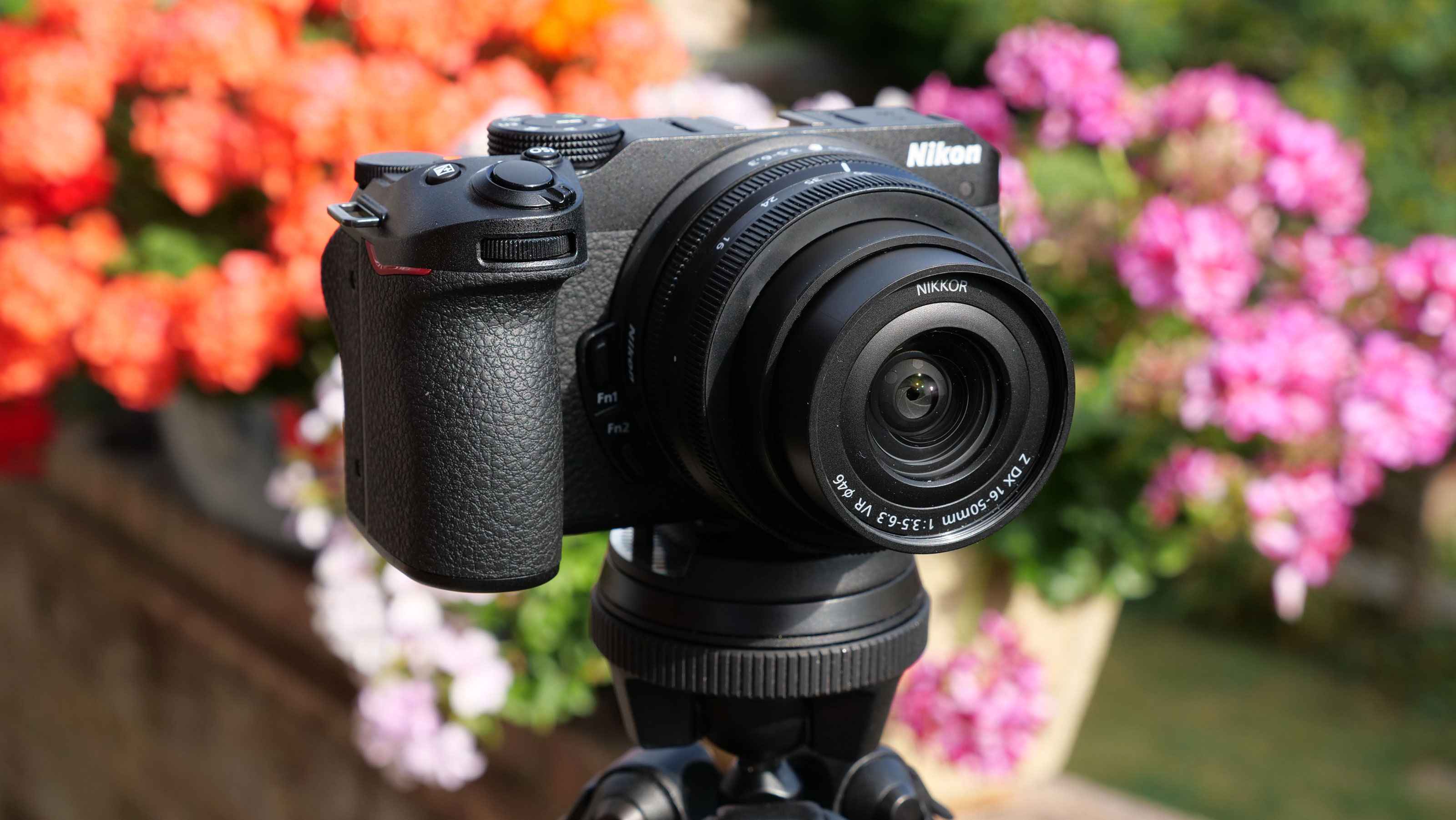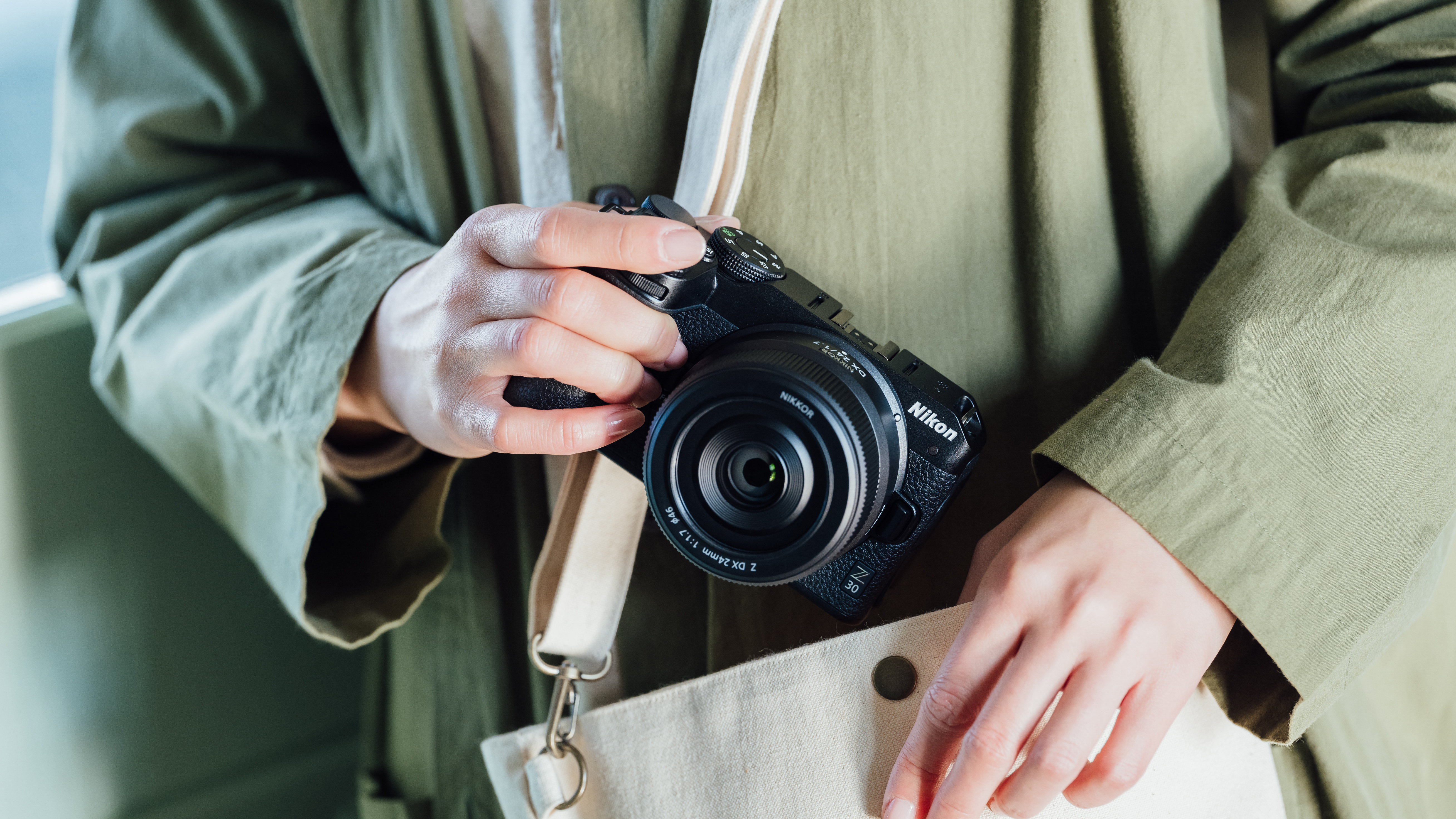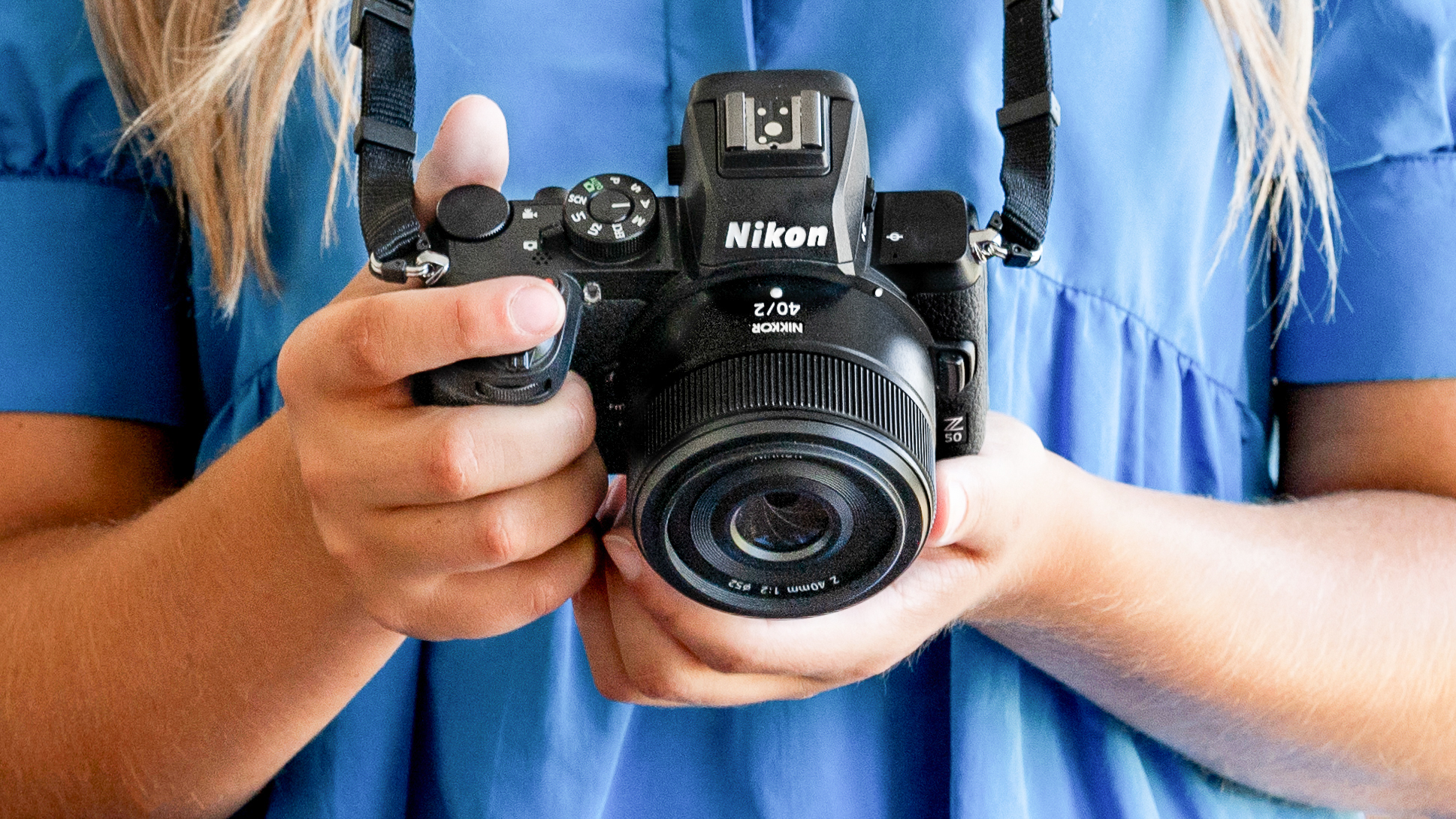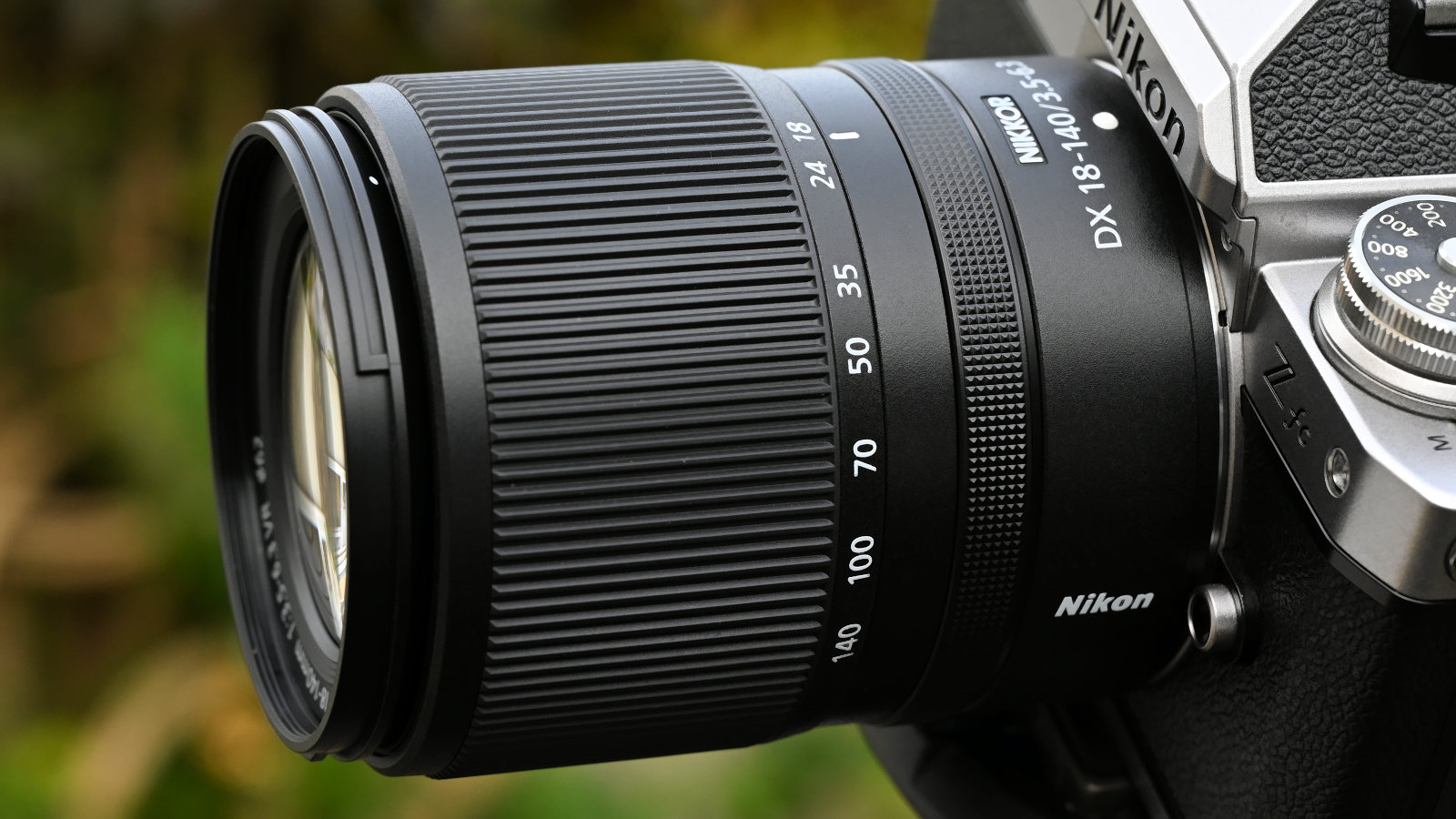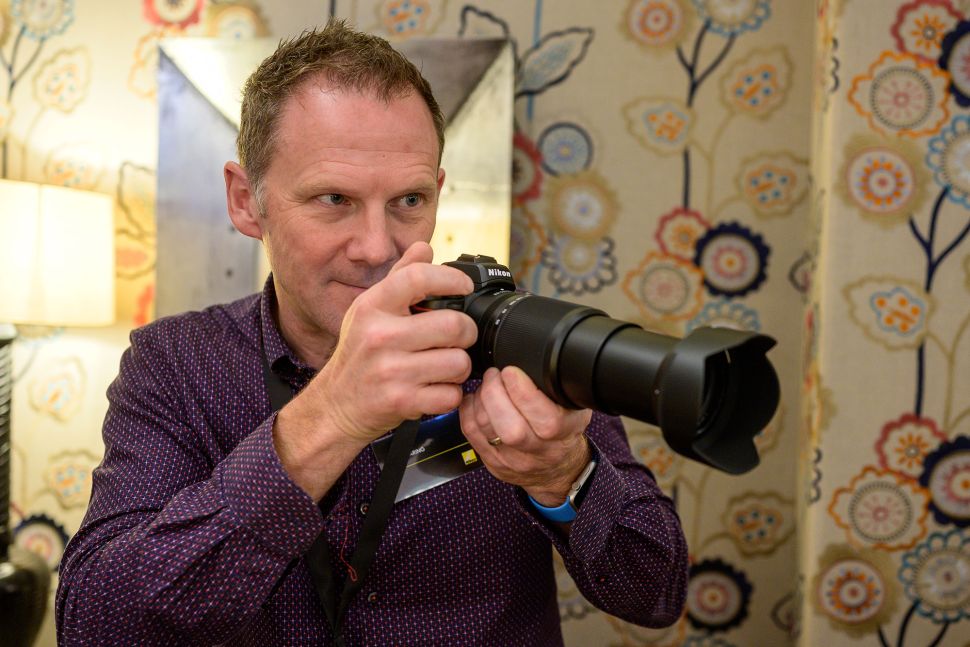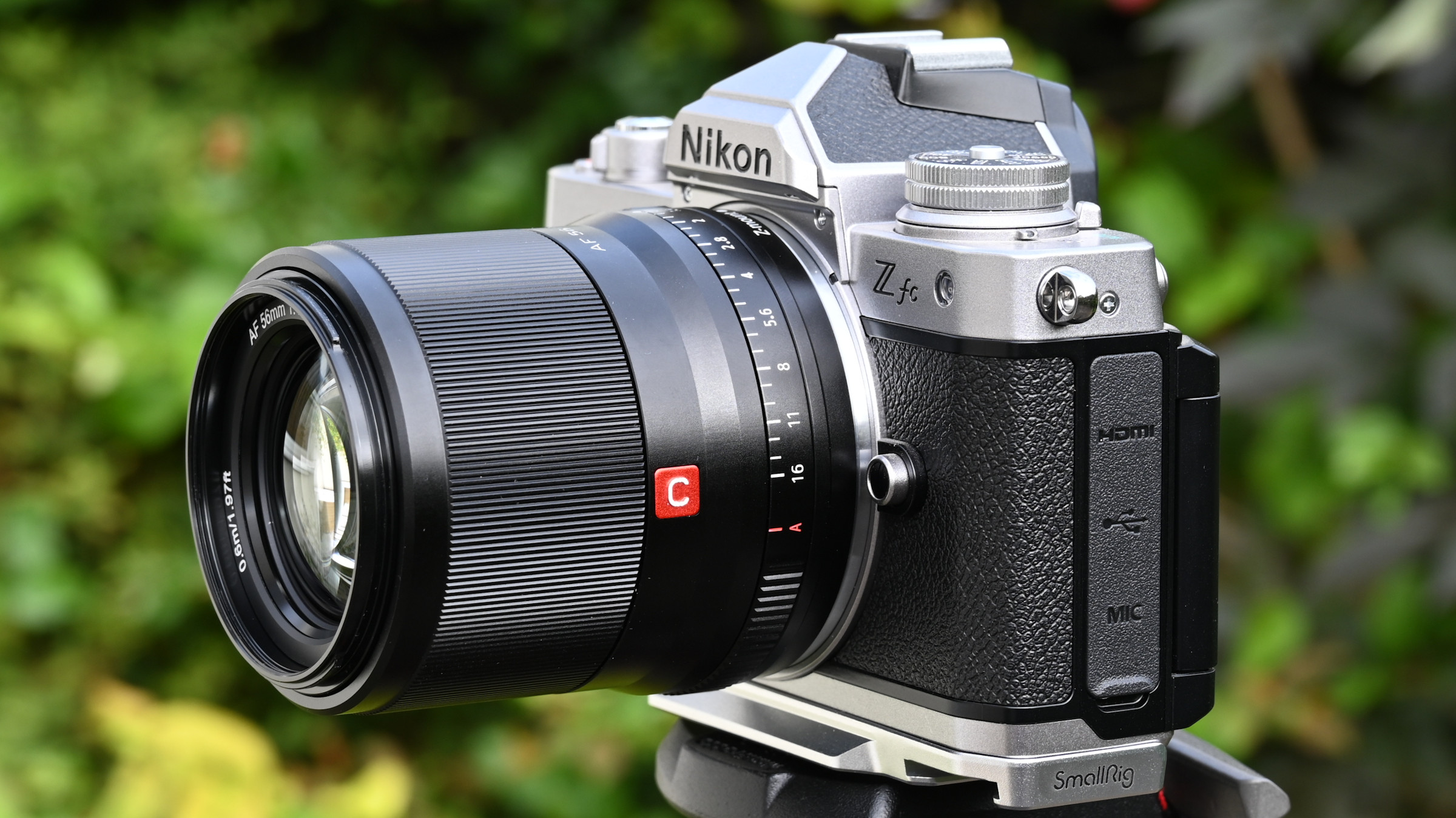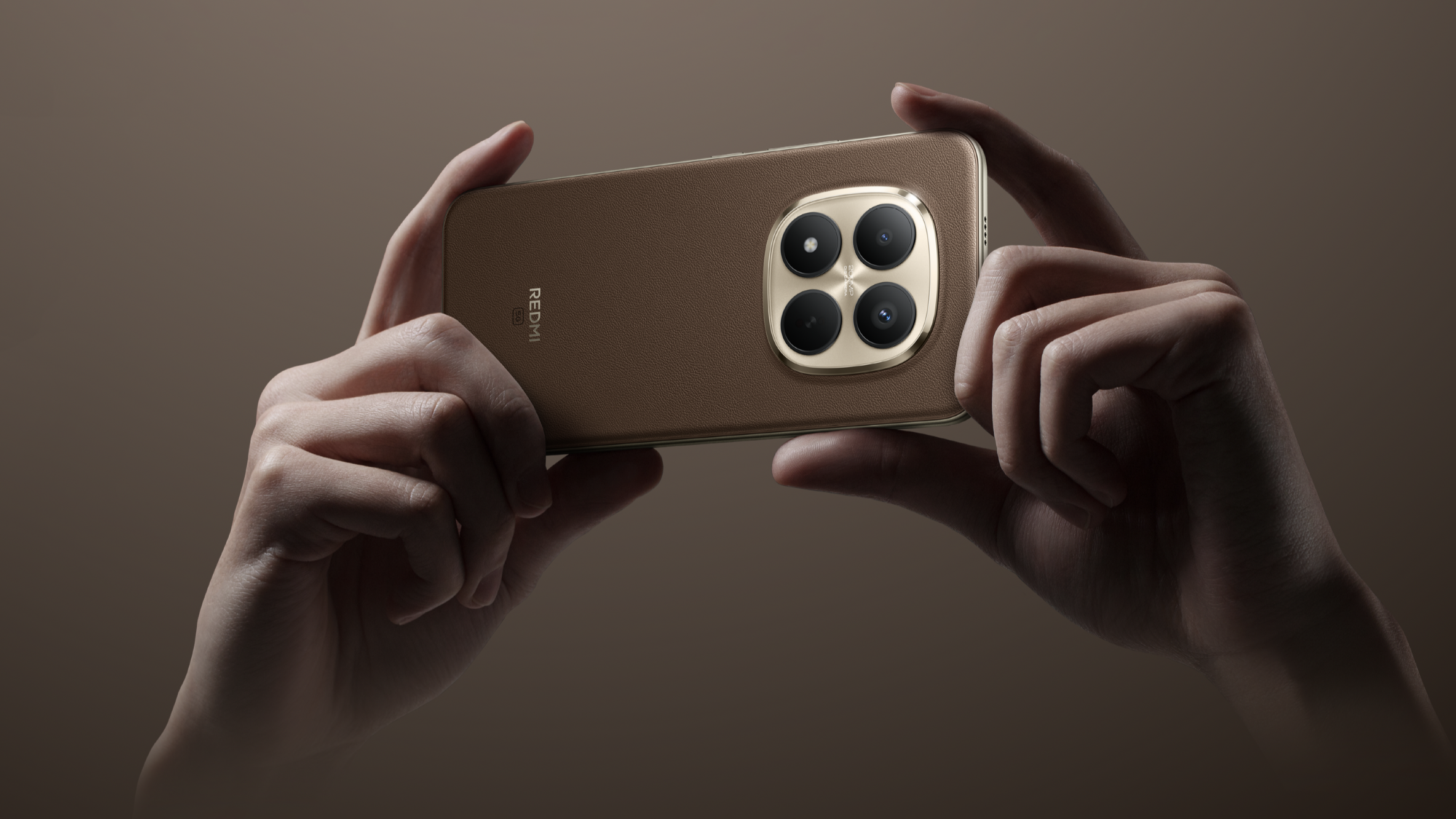The best lenses for the Nikon Z30 in 2025: sensibly small lenses for a compact camera
It's Nikon's cheapest mirrorless camera and a great way to get into vlogging, but what are the best lenses for the Nikon Z30?
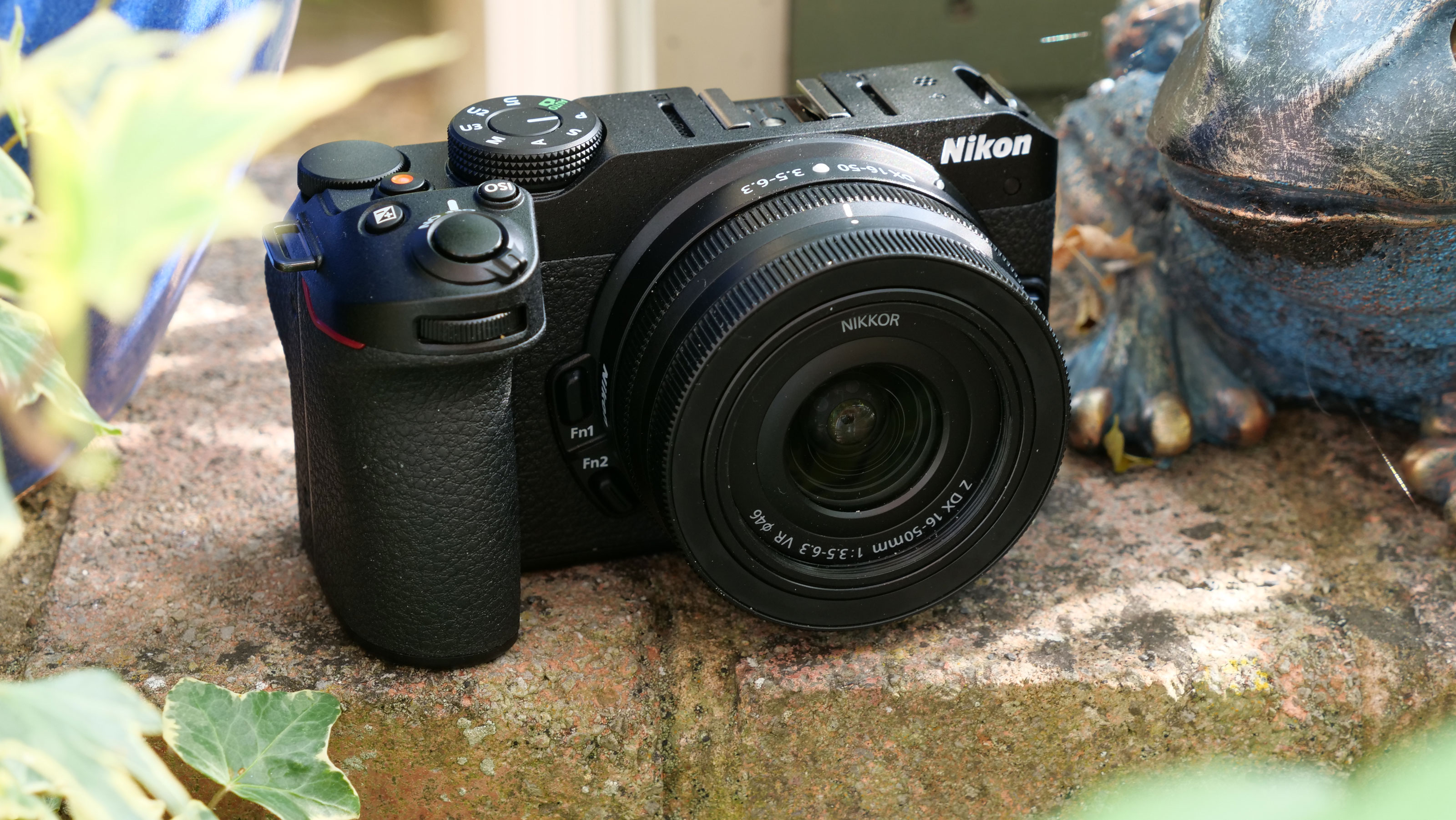
At a time when mirrorless cameras seem to be getting more and more expensive, the Nikon Z30 is like a breath of fresh air. It may be Nikon's most basic camera, but it has everything you need to get started in vlogging, and it makes a great camera for regular stills photography too.
But what are the best lenses for the Nikon Z30? Well, not lenses costing thousands, obviously. I've chosen a selection of lenses that reflect the modest cost of this camera and the possibly restricted budgets of its users. So while these are probably not the best Nikon Z lenses you can get, I think they are the best lenses for the Nikon Z30, balancing cost, features, and versatility to bring out this camera's true potential. I've also picked lenses of a size and weight that's a good match for the Z30's compact body.
Ideally, lenses for the Z30 should have VR (Vibration Reduction) built-in, since the Z30 doesn't have in-body stabilization. Nikon has thought of this and includes VR in all its zoom lenses for this camera, though Nikon's Z-mount prime lenses don't have it and rely instead on a wide maximum aperture to keep shutter speeds up and ISO settings down in low light.
Keep in mind that the DX-format APS-C sensor in the Z30 is smaller than the full-frame sensors in Nikon's larger mirrorless cameras, so while you can use full-frame Nikon Z lenses on the Z30, they will be heavier and more expensive than the DX-format lenses Nikon has designed for its smaller cameras.

Matthew Richards is a photographer and journalist who has spent years using and reviewing all manner of photo gear. He is Digital Camera World's principal lens tester and a Nikon aficionado, and has personally handpicked all the lenses in this guide as perfect companions to the Nikon Z30.
The Quick List

Small, light, quiet, and versatile, this zoom is a terrific choice for the lens you’ll be happy to use on a daily basis.
Read more below…
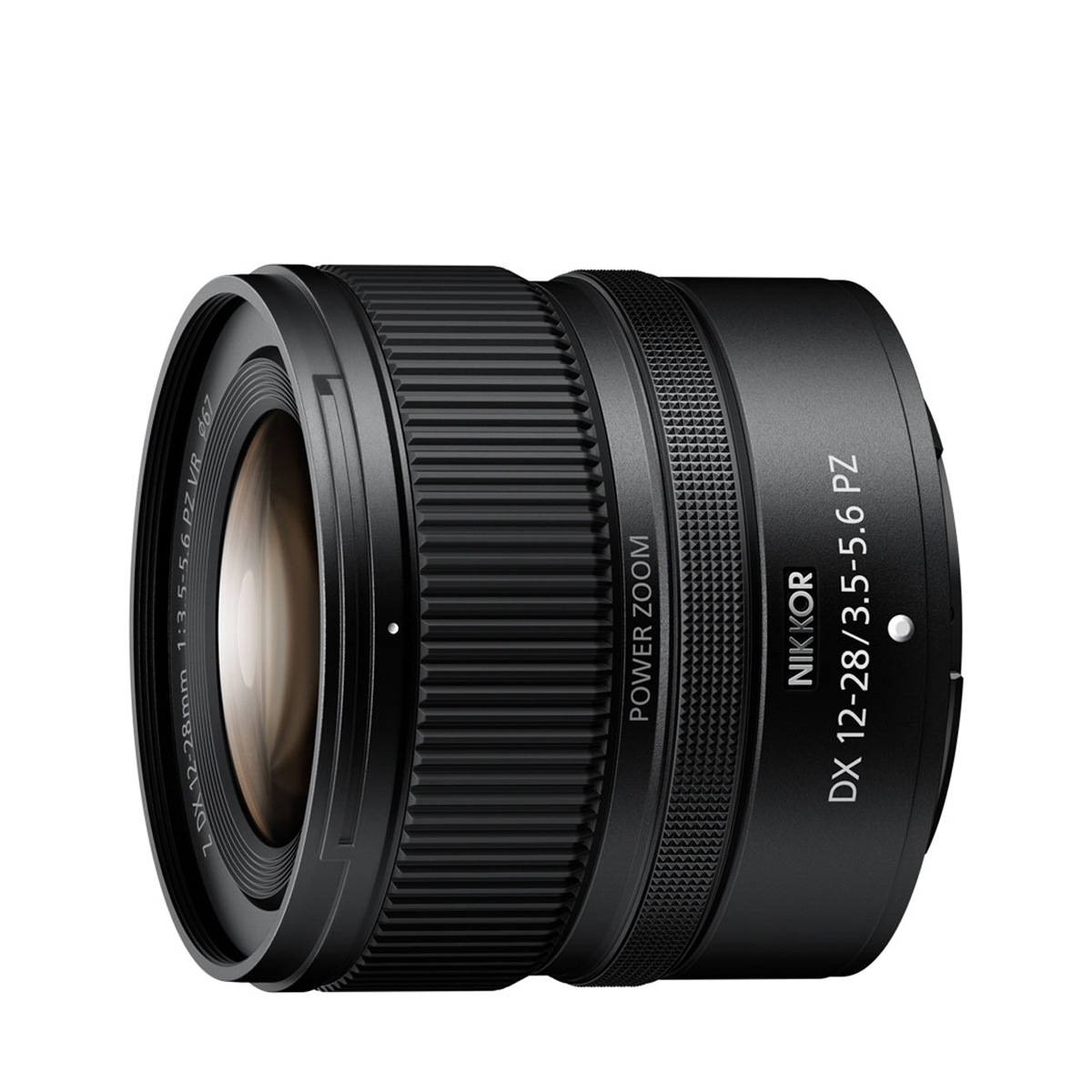
Vloggers will love this lens for its power zoom, but it’s also a strong option for architecture and landscapes.
Read more below…
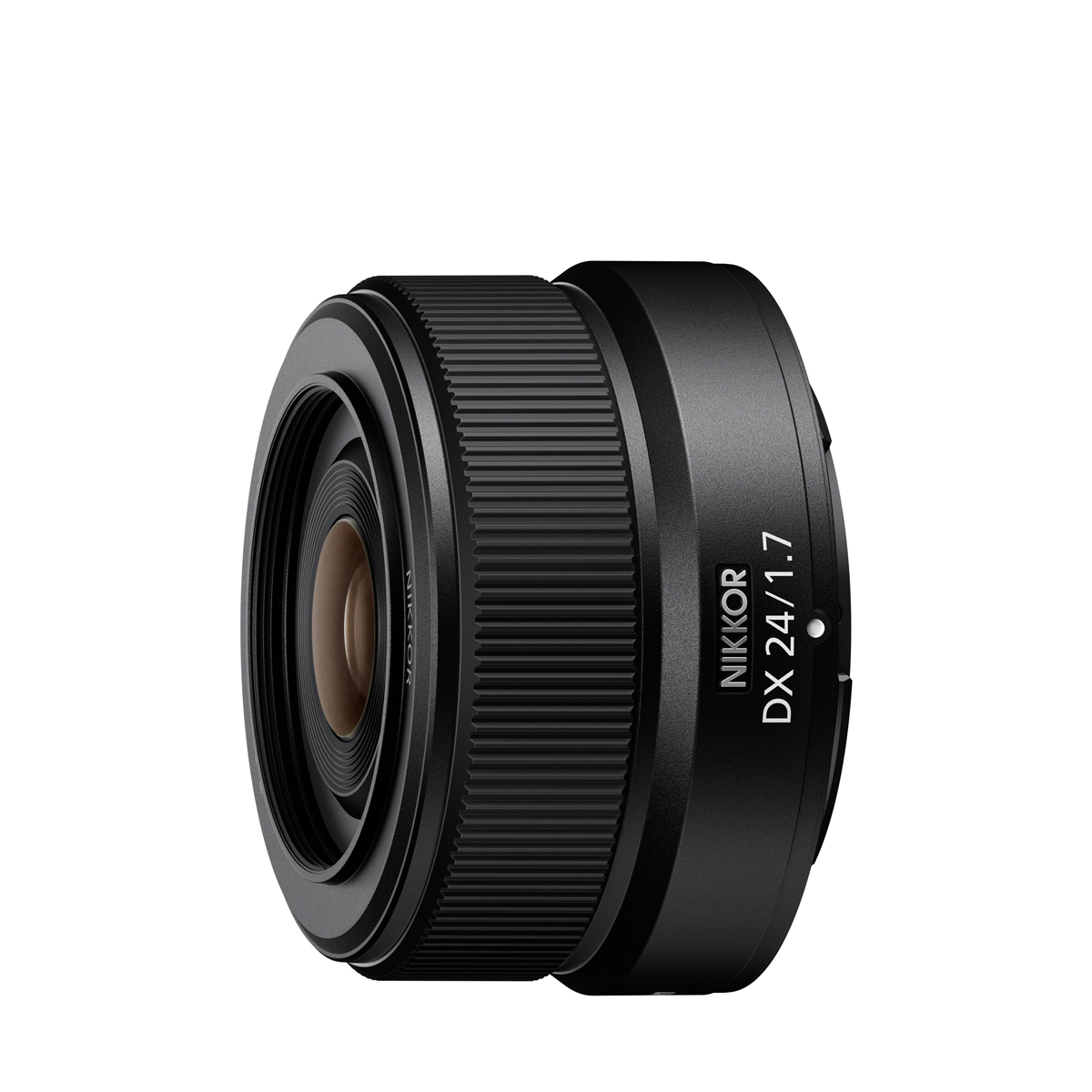
The Z30’s crop factor means this prime offers the classic focal length for street photography, and it’s keenly priced.
Read more below…
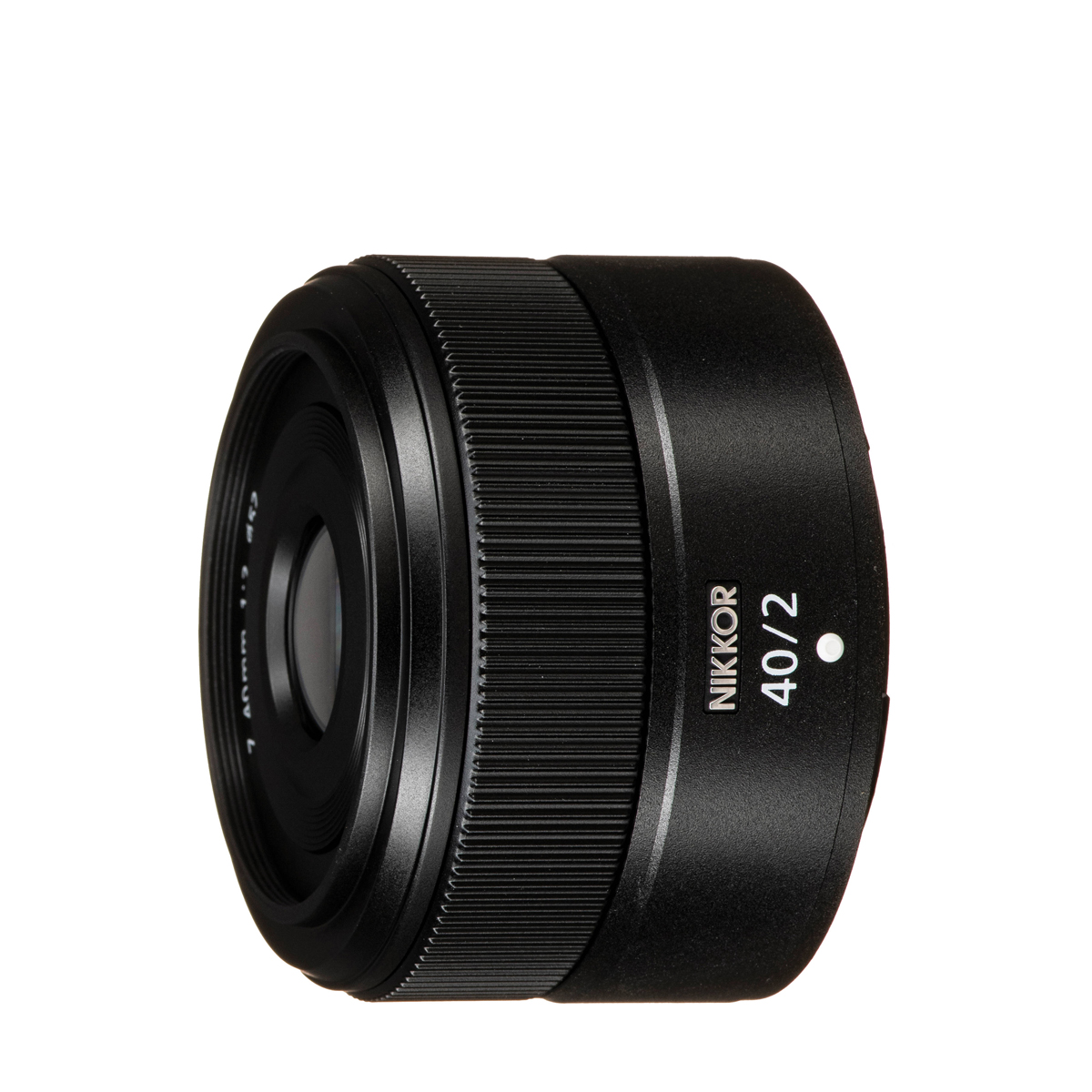
Many full-frame lenses are too big and heavy for the diminutive Z30, but this quality prime makes a great partner.
Read more below…
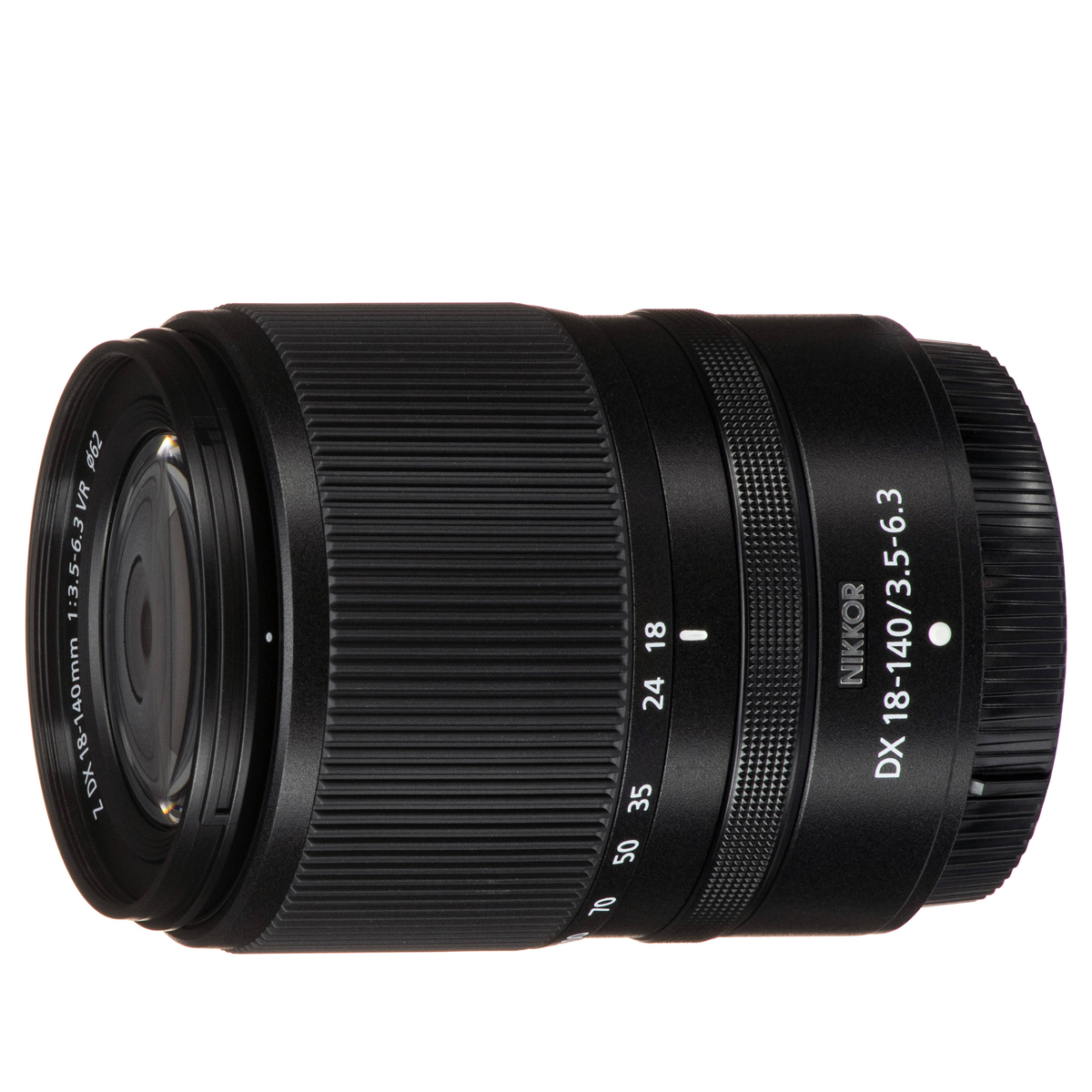
If you can only take one lens with you on your next trip, this zoom can handle pretty much any situation you throw at it.
Read more below…
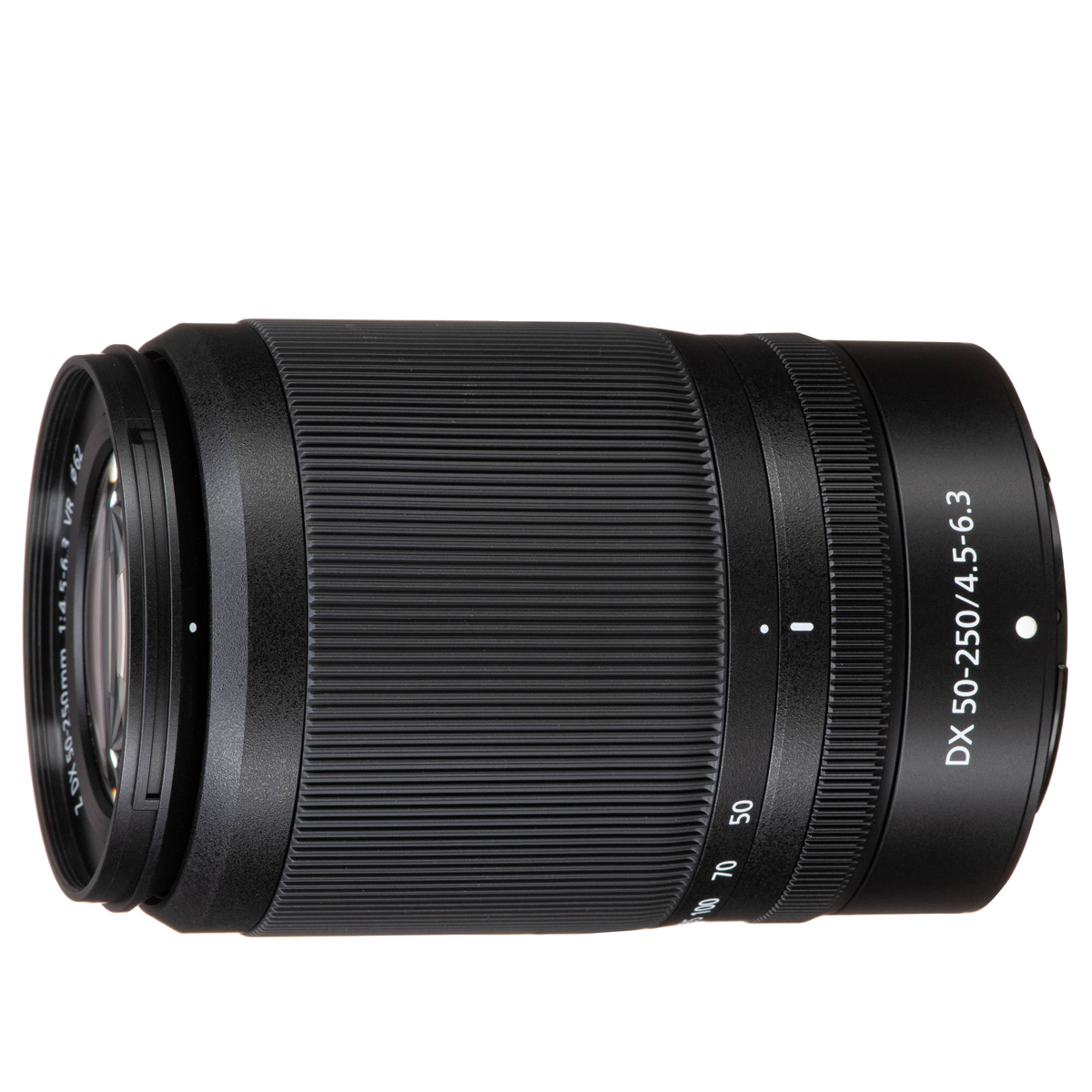
Thanks to the Z30’s crop factor, you get a massive reach from a lens that’s remarkably light and affordable.
Read more below…
Load the next products ↴
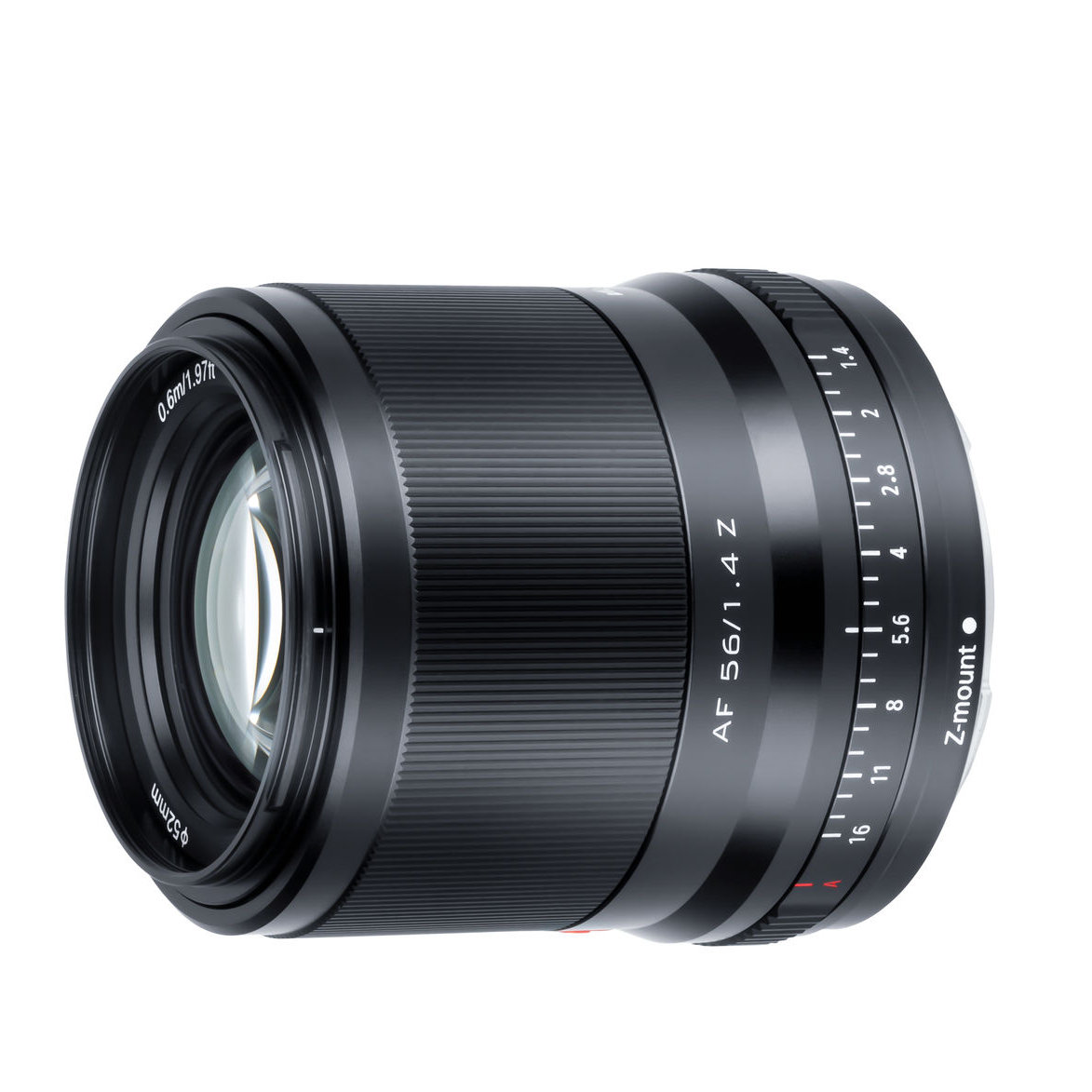
If you fancy a bit of portrait prime time, this is the perfect lens for any Nikon Z DX camera, combining an 'effective' 85mm focal length with a fast f/1.4 aperture, and it’s amazing value for money.
Read more below...
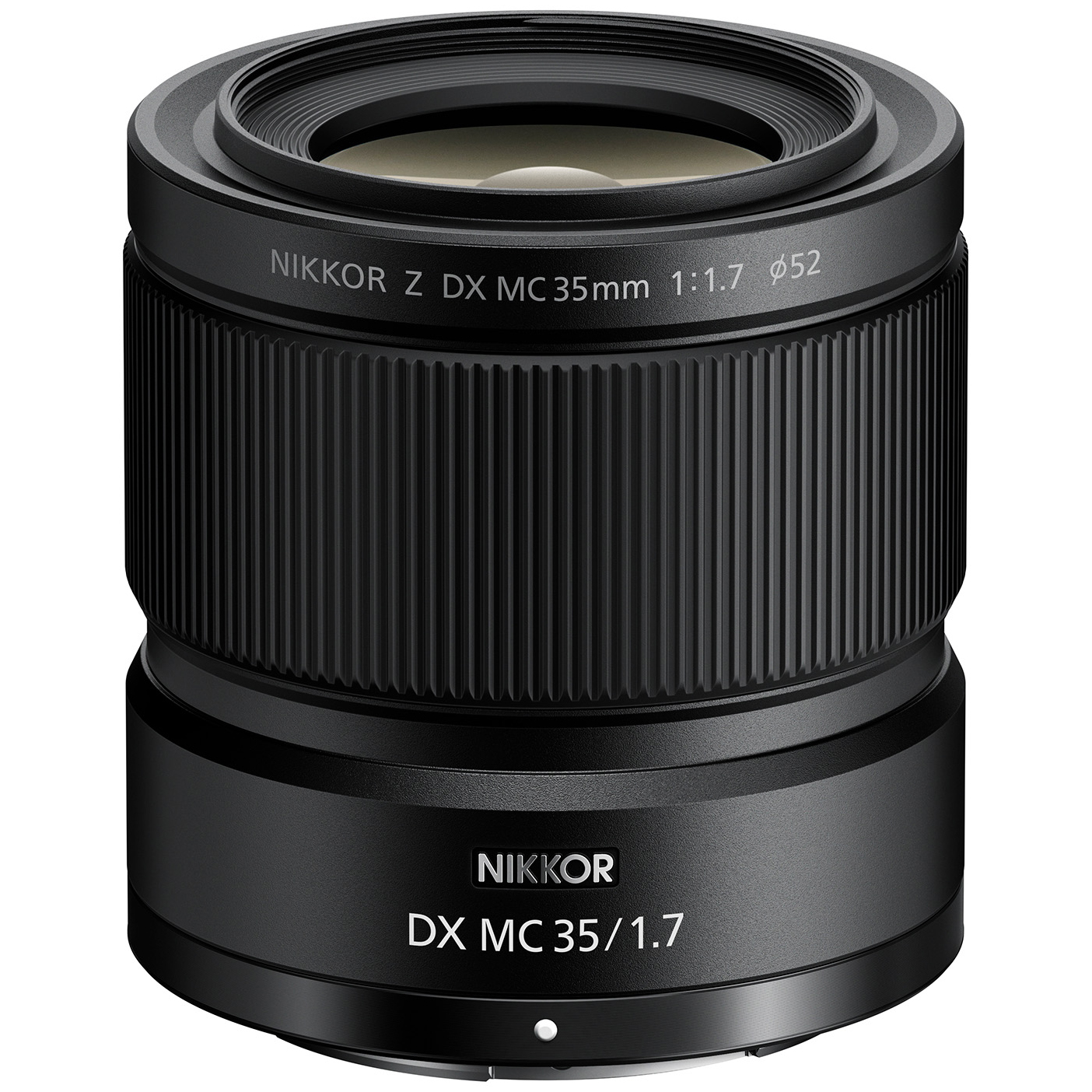
You can get life-size images of tiny objects with this capable prime, which doubles as a fast everyday lens with a 52.5mm effective focal length.
Read more below…
Best lenses for the Nikon Z30
Why you can trust Digital Camera World
Best everyday lens for the Z30
Specifications
Reasons to buy
Reasons to avoid
This is the standard kit lens for the Nikon Z30, but just in case you don't have this already, or are deciding whether it's worth getting, here's my opinion – it's such a great little lens, it's practically a must-have for any of Nikon's DX format mirrorless cameras.
One of the best things about the Z30 in everyday use is its small size, and the Z DX 16-50mm f/3.5-6.3 VR (24-75mm in full frame terms) is the ideal complement. It’s very small and light, which makes it a great choice not just for general walkabout shooting, but also for travel or street photography.
It also handles low light well, despite not having a particularly wide maximum aperture; I was also mightily impressed by its fast, quiet autofocus when I tested it.
Read more: Nikon Z DX 16-50mm f/3.5-6.3 VR review
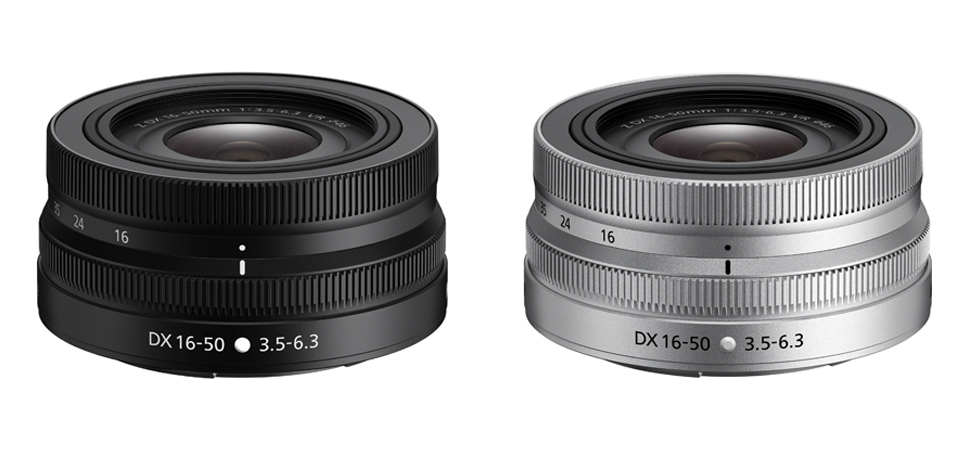
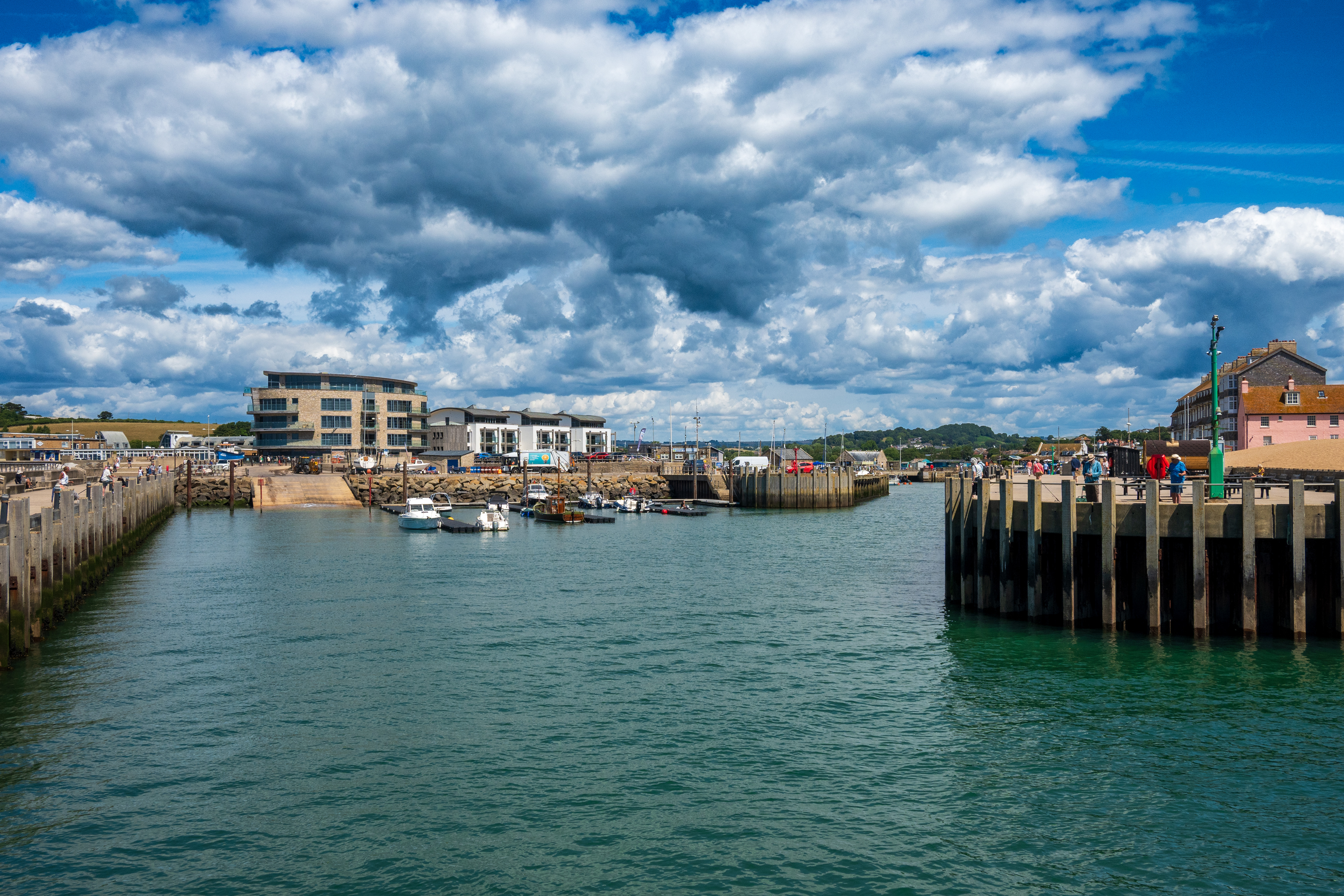
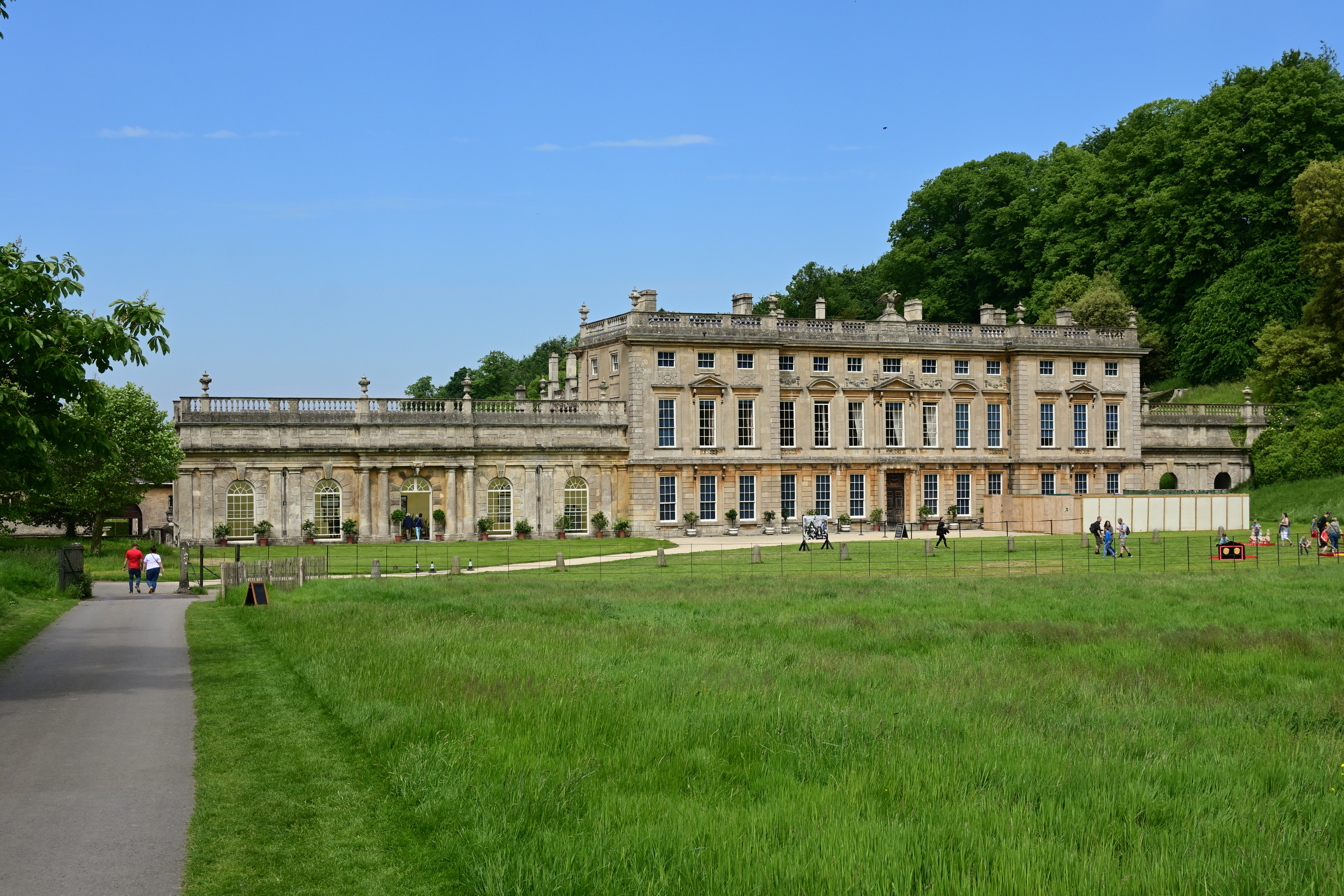
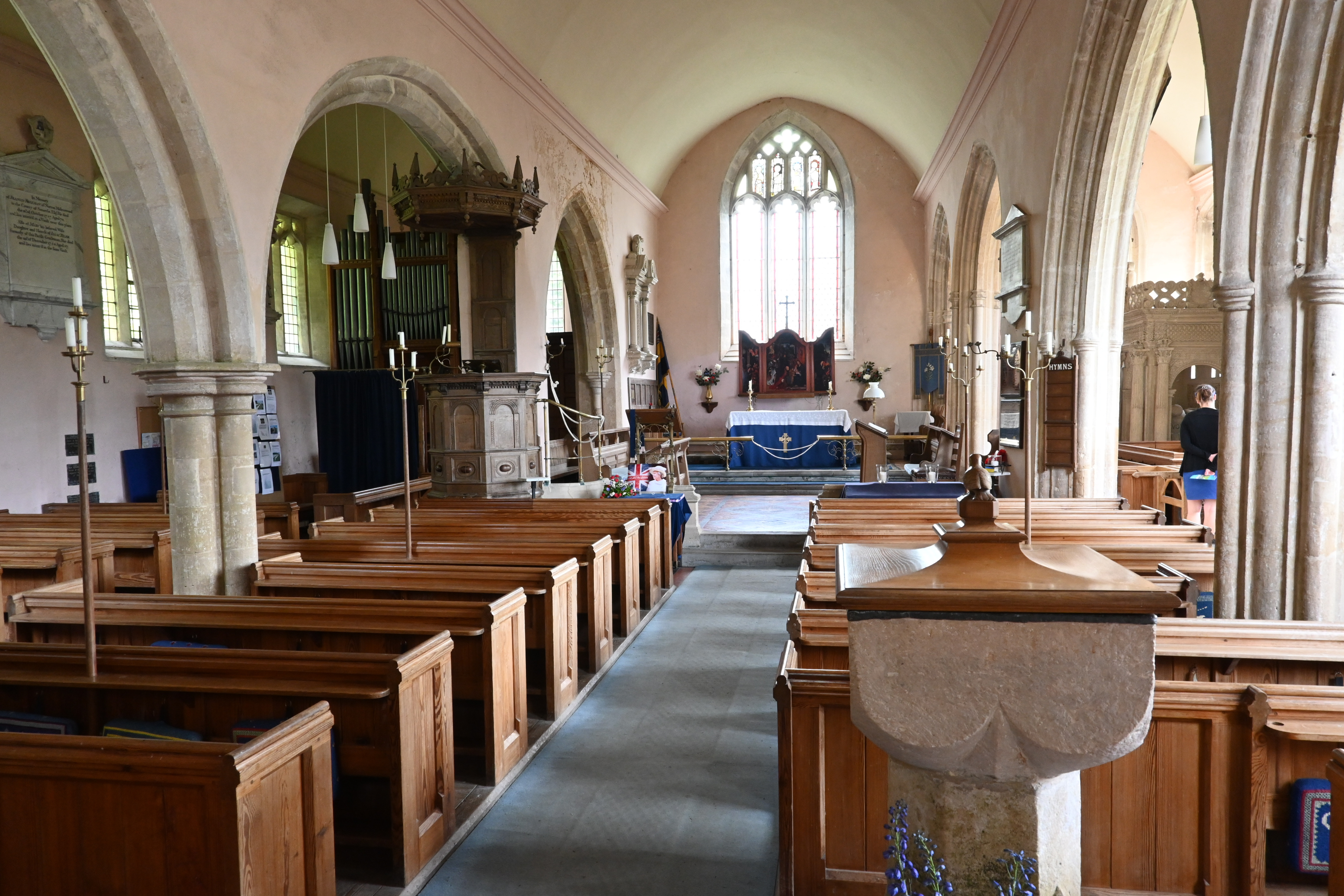
Features ★★★★★ | There’s a lot packed into this lens, including stepping motor-based autofocus and 4.5-stop optical VR. |
Design ★★★★★ | The retractable design enables an unfeasibly compact packing size, similar to that of a pancake lens. |
Performance ★★★★★ | Sharpness and clarity are very good and there’s minimal color fringing, but the lens relies typically heavily on automatic in-camera correction for distortion. |
Value ★★★★★ | It’s great value in its own right, even better if you get it as a kit lens with one of Nikon’s Z DX format cameras. |
Best wide-angle lens for the Z30
Specifications
Reasons to buy
Reasons to avoid
With an 18-42mm equivalent focal range, this versatile zoom is perfect for extra-wide shots of landscapes, architecture, interiors, and more. This lens is also designed with vlogging in mind. Its wide angle of view will make it easier to film yourself with the camera at arm's length and also gives a bit of leeway if you use digital image stabilization, which brings a small crop factor. It also comes with an electric power zoom mechanism, another feature designed for video.
Very good sharpness in images and a customizable control ring make it well worth the competitive price tag – you’d normally expect to pay quite a bit more for an ultra-wide lens.
Read more: Nikon Z DX 12-28mm f/3.5-5.6 PZ VR review



Features ★★★★★ | Optical VR always comes in handy on Z DX lenses and this one also has a video-friendly power zoom. |
Design ★★★★☆ | Like other Nikon Z DX lenses, it has a plastic rather than metal mounting plate but the overall design is very good. |
Performance ★★★★★ | Expansive viewing angles are backed up by excellent edge-to-edge sharpness, throughout the whole zoom range. |
Value ★★★★★ | A little gem for both stills and video capture, the lens is terrific value for money. |
Best street photography lens for the Z30
Specifications
Reasons to buy
Reasons to avoid
The Z DX 24mm f/1.7 is a fast, semi wide-angle prime of a size and a price that makes it a very attractive buy for Nikon Z30 owners. Its 35mm equivalent focal length offers a classic angle of view for street photography, but it's also good as a general walkaround lens for photographers who find a 'nifty 50' (50mm equivalent lens) offers too narrow an angle of view.
What's great about the DX 24mm f/1.7 is not just its fast maximum aperture and compact size, but its price! I'm used to seeing fast prime lenses at higher prices than this. The DX 24mm f/1.7 would be a great buy if you’re looking to try out the different experience of shooting with prime lenses, but also the opportunity to experiment with shallower depth of field and low-light shooting – although this lens does not have Nikon's VR stabilization built in.
Read more: Nikon Z DX 24mm f/1.7 review


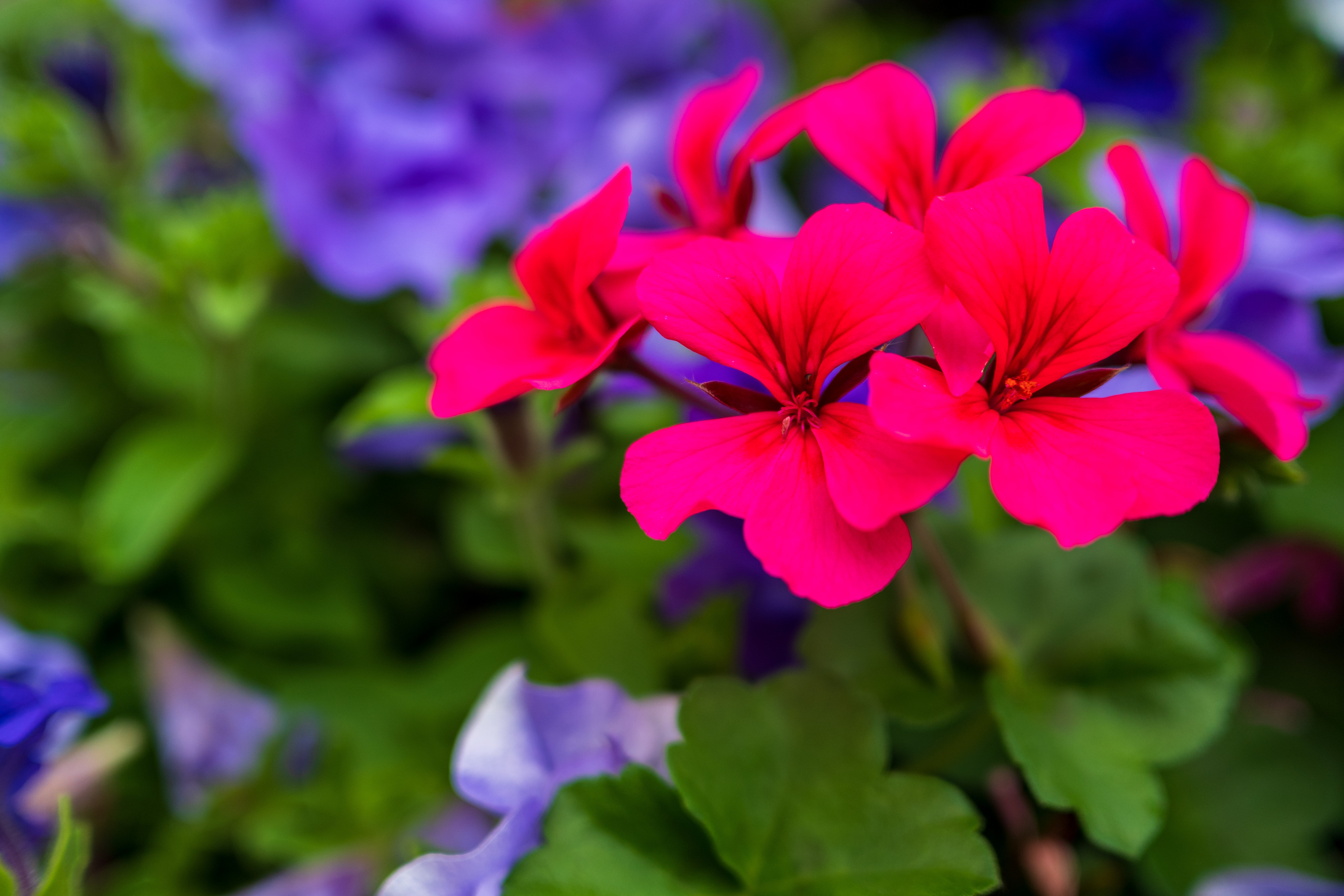
Features ★★★★☆ | The main draw in terms of features is the ‘effective’ 36mm focal length combined with a fast f/1.7 aperture. |
Design ★★★★☆ | It’s a really compact and lightweight lens but lacks optical stabilization and has a plastic rather than metal mounting plate. |
Performance ★★★★☆ | Sharpness is excellent in the central region of the frame, less so towards the edges and corners. |
Value ★★★★☆ | It’s good value for an own-brand Nikon Z DX lens but faces stiff competition from budget-priced independents. |
Best standard prime lens for the Z30
Specifications
Reasons to buy
Reasons to avoid
Normally I would not recommend a full-frame lens for an APS-C format camera like the Z30, mainly on the basis of cost and size. The Z 40mm f/2 is an exception. This low-cost full-frame prime lens is also very compact, despite its f/2 maximum aperture, and this makes it a great buy for the Nikon Z30.
Thanks to the crop factor of the Z30's smaller APS-C sensor, this lens will give a narrower angle of view of a 60mm lens on this camera, but that's only a little longer than the classic 'nifty fifty', and gives more scope for playing with shallow depth of field effects.
Read more: Nikon Z 40mm f/2 review



Features ★★★★☆ | There’s not really any room for any fancy features, as this lens is unfeasibly compact and lightweight. |
Design ★★★★☆ | The design aims for simplicity, right down to its plastic mounting plate and lack of a hood. |
Performance ★★★★☆ | This little lens punches above its diminutive weight in terms of image quality and all-round performance. |
Value ★★★★★ | The standard version is terrific value for money but the retro-styled SE (Special Edition) is more pricey. |
Best travel lens for the Z30
Specifications
Reasons to buy
Reasons to avoid
If you think the regular 16-50mm kit lens might not offer you the focal range you need, this could be the answer. The Nikon Z DX 18-140mm f/3.5-6.3 VR offers an effective focal range of 27-210mm in full frame terms, so it can work as both a regular walkaround kit lens and a telephoto. But while most of the Nikon Z DX lenses I've looked at are priced very keenly, this one is the exception. It does seem rather a lot to pay compared with other Z DX lenses.
Even so, it’s small for a lens with this amount of range and reach, and delivers good images. Handling is also accomplished, aided by a 5-stop optical stabilizer and a control ring with a custom function facility.
Read more: Nikon Z DX 18-140mm f/3.5-6.3 VR review
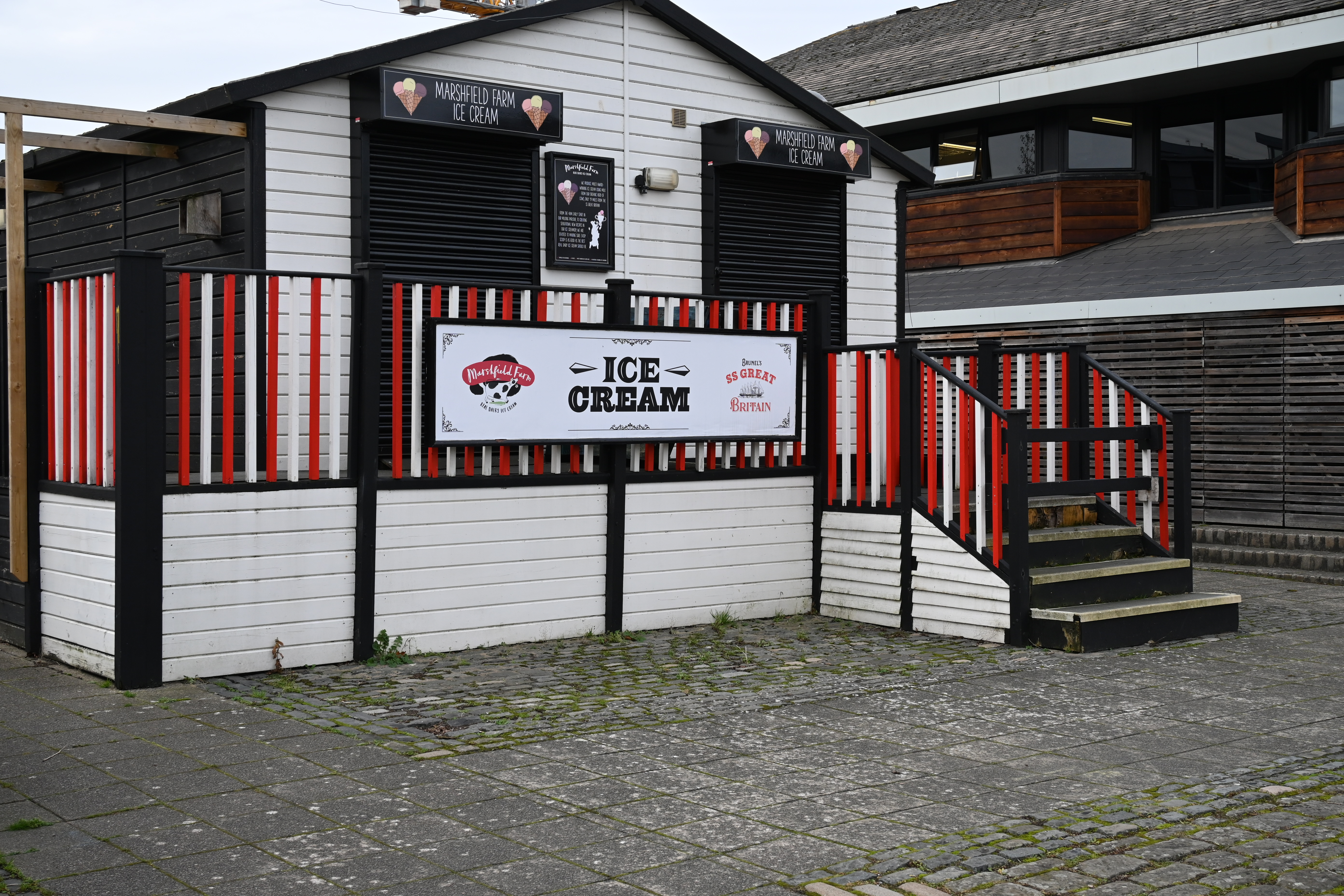


Features ★★★★★ | Powerful 5x zoom range is top of the features list, backed up by fast autofocus and 5-stop optical stabilization. |
Design ★★★★☆ | There’s an additional, customizable control ring but no switches for A/M focus nor VR on/off, and the mounting plate is plastic. |
Performance ★★★★☆ | Image quality and all-round performance are impressive but sharpness drops off a bit at the long end of the zoom range. |
Value ★★★★☆ | Good value rather than entirely great, the lens costs about the same as a pair of Z DX 16-50mm and Z DX 50-250mm zooms. |
Best telephoto lens for the Z30
Specifications
Reasons to buy
Reasons to avoid
The Z30 is designed primarily as a portable vlogging camera, so if you're interested in long-range sports and wildlife, it's likely you'll have gone for the Nikon Z50 or perhaps the Nikon Z fc instead (this lens sometimes comes as part of a twin-lens bundle with the Z50). Nevertheless, if you do decide to try some longer-range shooting with your Z30, this is the lens to get. It offers an effective focal range of 75-375mm in full-frame terms, so it's practically a super-telephoto. At the same time, it's remarkably light and inexpensive.
Read more: Nikon Z DX 50-250mm f/4.5-6.3 VR review


Features ★★★★☆ | Strong features include a 75-375mm ‘effective’ zoom range, fast autofocus and 5-stop optical stabilization. |
Design ★★★★★ | The retractable design makes for a small stowage size and the lens is refreshingly lightweight, although it has a plastic mounting plate. |
Performance ★★★★☆ | As advertised, autofocus is rapid and stabilization is very effective. Sharpness drops off a bit at the long end but is very good overall. |
Value ★★★★★ | As one of Nikon’s Z system (albeit DX format) lenses, it’s great value for money. |
Best portrait lens for the Z30
Specifications
Reasons to buy
Reasons to avoid
I absolutely love this lens. Thanks to the DX crop factor, it has approximately an 85mm ‘effective’ focal length, coupled with a fast f/1.4 aperture rating. That’s a perfect combination for portraiture and what’s more, the Viltrox combines excellent sharpness with really smooth and creamy bokeh. It’s really nicely turned out as well, with a metal barrel and metal mounting plate, compared with all-plastic Nikon Z DX lenses. Even the lens hood is made from sturdy metal, yet the lens is surprisingly compact and lightweight, at just 320g.
It also happens to be amazing value for money. Another bonus is that it features a de-clicked aperture control ring, ideal for shooting video. My only real problem is picking just one. Viltrox also offers AF 23mm f/1.4 and AF 33mm f/1.4 lenses in the same series, with equally classic approximate 35mm and 50mm effective focal lengths respectively. All three are equally budget-friendly and are pretty much identical in size, weight and handling characteristics.
Read more: Viltrox AF 56mm F1.4 Z review


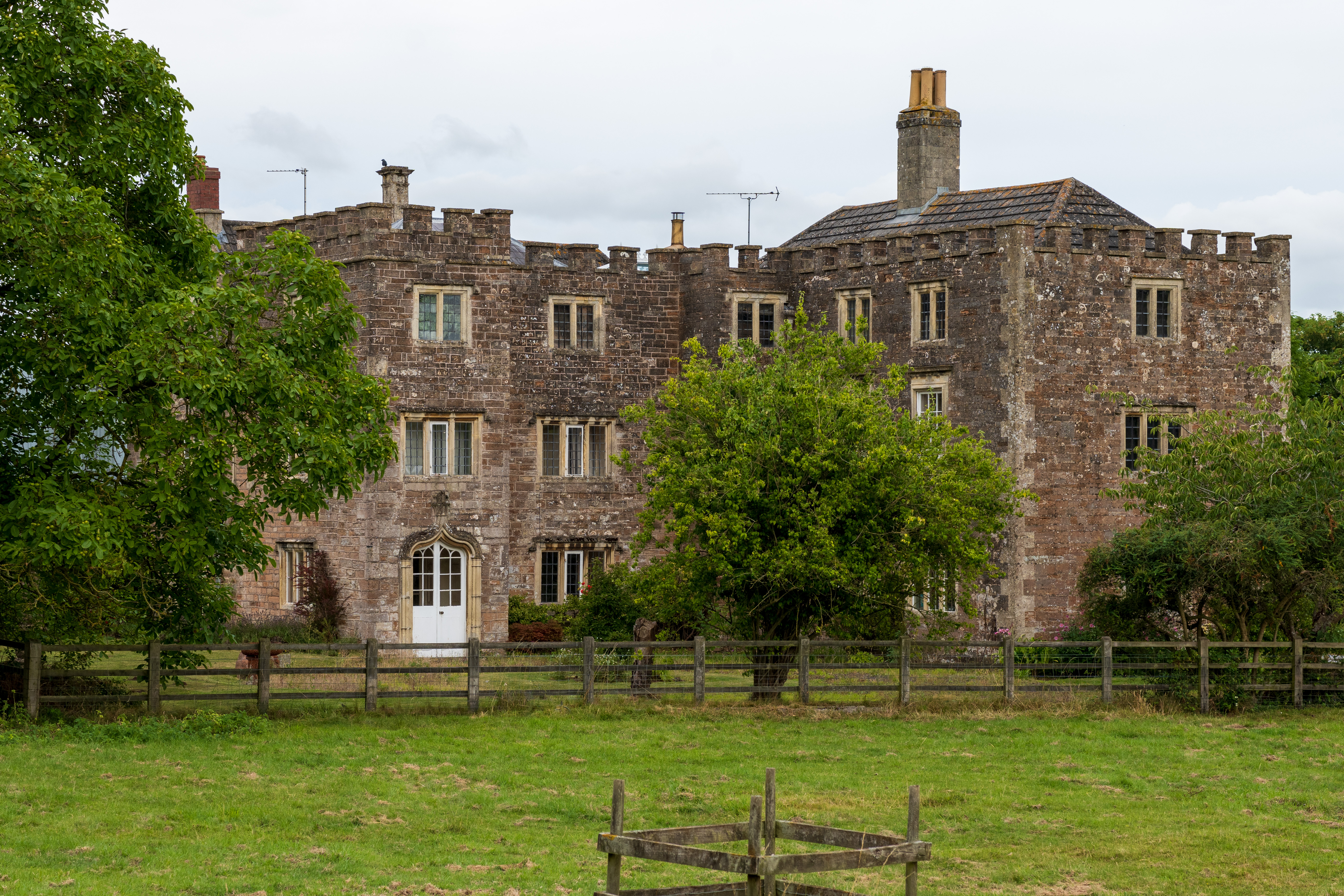
Features ★★★★★ | Optical features include an ED element and an HR element. There's also a USB port and a de-clicked aperture control ring. |
Design ★★★★☆ | The lens is virtually the same compact size and weight as its 23mm and 33mm siblings, but they lack weather-seals and the aperture ring has no locking switch. |
Performance ★★★★★ | The ‘effective’ 85mm focal length and f/1.4 aperture make this a terrific DX format portrait lens, with great sharpness and super-smooth bokeh. |
Value ★★★★★ | Fast primes normally cost big bucks but this one is amazingly inexpensive and unbeatable value. |
Best macro lens for the Z30
Specifications
Reasons to buy
Reasons to avoid
The Nikon Z DX MC 35mm f/1.7 is a compact and lightweight standard prime for Nikon’s APS-C (DX) Z-mount cameras, offering both a fast aperture and close-up macro capabilities. Its 35mm focal length translates to an effective 52.5mm on a DX camera, providing a natural perspective favored for general shooting, portraits, and street photography. The bright f/1.7 aperture allows for beautiful bokeh, excellent low-light performance, and fast shutter speeds.
While designated as a 'macro' lens, its native maximum magnification is 0.67x, not a true 1.0x macro. However, the 1.5x crop factor of the DX sensor makes this effectively a 1.0x magnification in full-frame terms.
Performance is highly impressive, delivering excellent sharpness in both general shooting and close-up macro photography. Autofocus is fast, silent, and accurate thanks to a linear stepping motor, and is a welcome departure from the often-sluggish focus found in many macro lenses. Color fringing and distortions are negligible with in-camera corrections.
Its superior build quality includes a durable metal mounting plate and weather seals, while weighing just 220g, and its dual functionality as a fast standard prime and close-up lens makes it a versatile and worthwhile addition to the DX system.
Read more: Nikon Z DX MC 35mm f/1.7 review
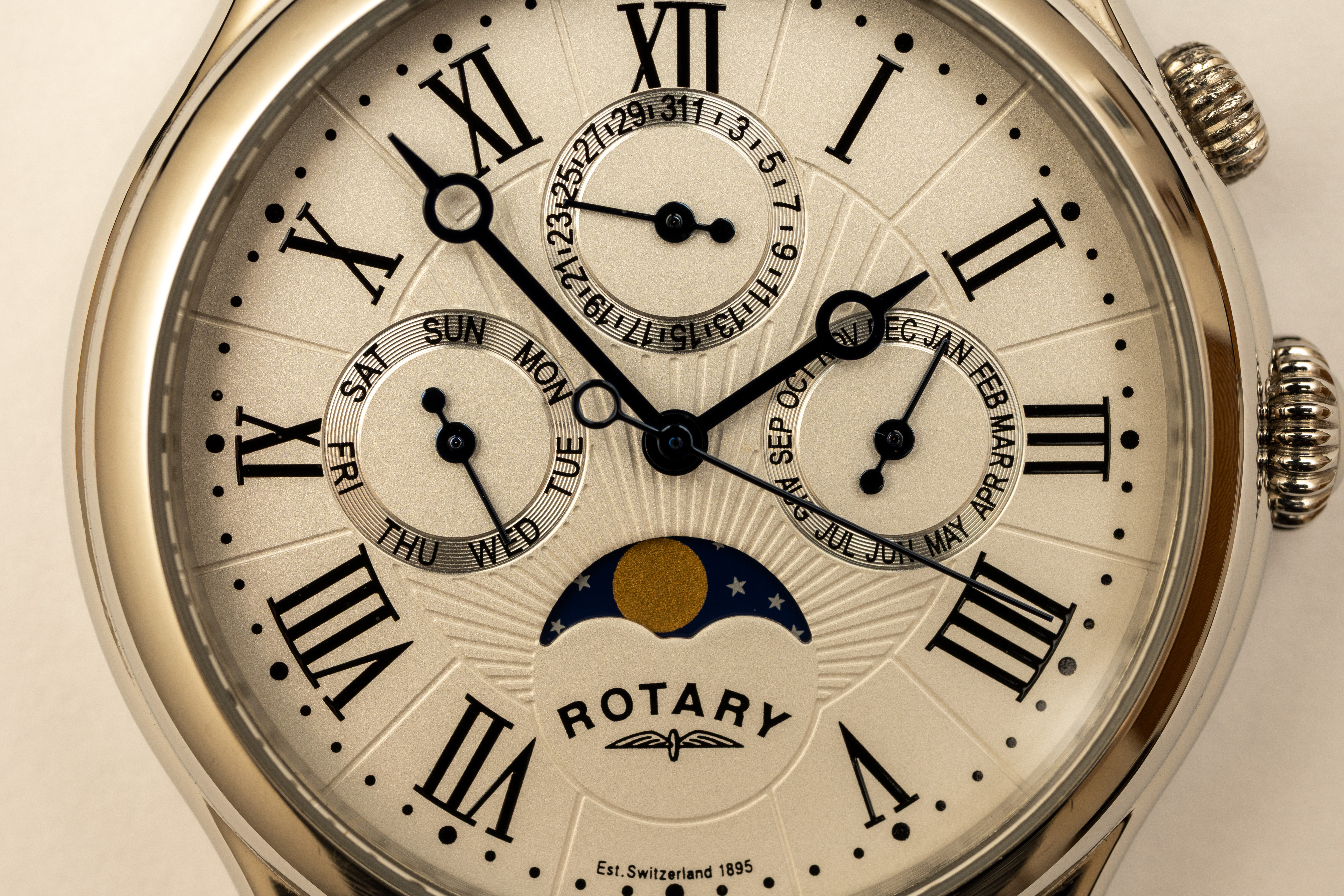
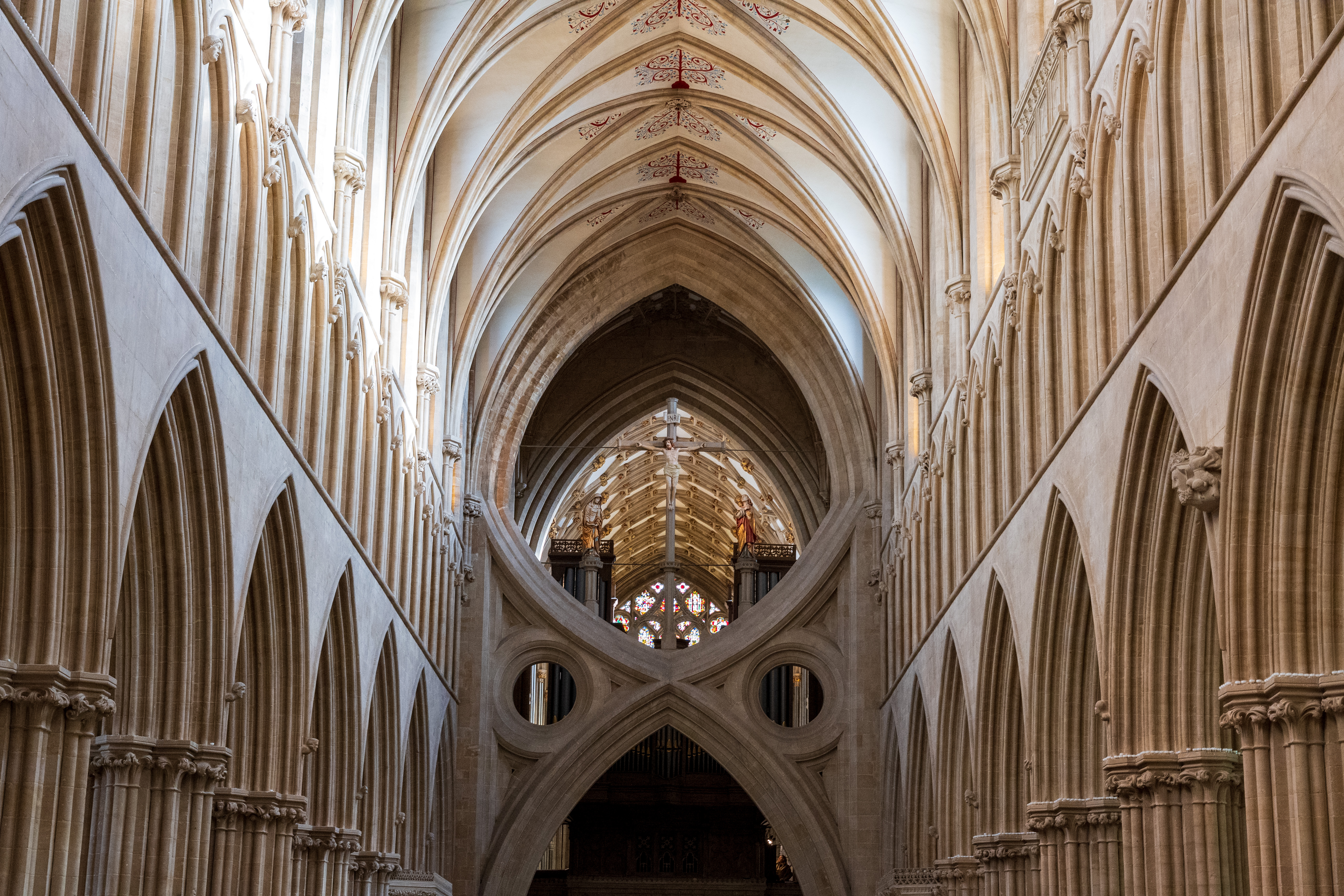

Features ★★★★☆ | Top features are the fast f/1.7 aperture rating and macro facility, but there’s no image stabilization and the hood is sold separately. |
Design ★★★★☆ | The design is simple but effective. The lens is certainly streamlined but I’d have preferred an A/M focus mode switch to be fitted. |
Performance ★★★★★ | Image quality is highly impressive in all respects, and autofocus is fast and consistently accurate for close-ups as well as general shooting. |
Value ★★★★☆ | It’s a lot pricier than its sibling Nikon Z DX 24mm f/1.7 lens but better built and more versatile, making it pretty good value. |
Lab data and comparisons
The graphs below show the comparative performance of the lenses in this guide, based on our in-house lab tests. The prime lenses generally lead the way for sharpness in this group, though the zooms also do very well overall. Color fringing and distortion are well controlled, and automatic in-camera correction is available for these aberrations anyway, which can’t often be disabled.
Scores for sharpness and color fringing are averaged from data taken across the entire image frame, from the center to the edges and corners, throughout the aperture range. For zoom lenses, the scores are also averaged from data measured at all marked focal lengths, and the same applies to distortion. Bear in mind that these average values don't fully reflect specific areas of performance. For example, a zoom lens might have noticeable barrel and pincushion distortion at its shortest and longest focal lengths, respectively, which tends to average out when looking at the data overall. For more detailed graphs of each lens's performance, which give the full picture, check out the graphs in our full standalone lens reviews.
How to choose the best lens for the Nikon Z30
Which lenses fit the Nikon Z30?
The Z30 uses the Nikon Z mount and is compatible with all lenses designed for that mount. Nikon’s own Z-mount lenses all have Z at the start of their model names.
You can can use any Z-mount lens on the Z30, although some Z-mount lenses are designed for use with APS-C format cameras such as the Z30, rather than full-frame cameras. Nikon lenses that fall into this category have DX as part of their model names. These lenses are typically smaller, lighter and cheaper than the equivalents designed for full-frame cameras.
If you buy a DX lens and later upgrade to a full-frame Nikon Z camera, the image you get through the DX lens will be cropped compared with a full-frame lens.
The Z30 is also able to use F-mount lenses, which are made for use with Nikon’s DSLR cameras. For this, you need an adaptor such as the Nikon Mount Adapter FTZ II. The idea is that owners of older DSLR cameras can buy a Z camera and still use their old lenses.
How do I know which lens to get for my Z30?
The reason there are so many types of lens in the first place is that different scenes demand different lens designs, particularly when it comes to focal length and aperture rating.
Usually, you will decide what you want to photograph, then get a lens with the focal length that suits the situation. For example, to shoot landscapes you will need a wide-angle lens, while for sports and wildlife you will need a telephoto.
You can watch this video that explains focal length: it helps you work out what kind of lenses you need for different genres of photography.
How we test lenses
The lens experts in our testing lab run a range of tests under controlled conditions, using the Imatest Master testing suite. Photos of test charts are taken across the range of apertures and zooms (where available), then analyzed for sharpness, distortion and chromatic aberrations.
We use Imatest SFR (spatial frequency response) charts and analysis software to plot lens resolution at the centre of the image frame, corners and mid-point distances, across the range of aperture settings and, with zoom lenses, at four different focal lengths.
There's more to it than just the technical side, though! Beyond the lab, our reviewers test lenses in real-world environments – and sometimes on professional shoots! We work with lenses both indoors and outdoors, in studio conditions and in natural light, with as many different subjects as is possible (or appropriate – there's no point testing a landscape lens' ability to shoot a portrait!).
We take into account everything from handling and ease of use to speed of autofocus and the overall quality of the images produced.
Find out more about how we test and review on Digital Camera World
The best camera deals, reviews, product advice, and unmissable photography news, direct to your inbox!
Matthew Richards is a photographer and journalist who has spent years using and reviewing all manner of photo gear. He is Digital Camera World's principal lens reviewer – and has tested more primes and zooms than most people have had hot dinners!
His expertise with equipment doesn’t end there, though. He is also an encyclopedia when it comes to all manner of cameras, camera holsters and bags, flashguns, tripods and heads, printers, papers and inks, and just about anything imaging-related.
In an earlier life he was a broadcast engineer at the BBC, as well as a former editor of PC Guide.
- Adam WaringGuides Editor
